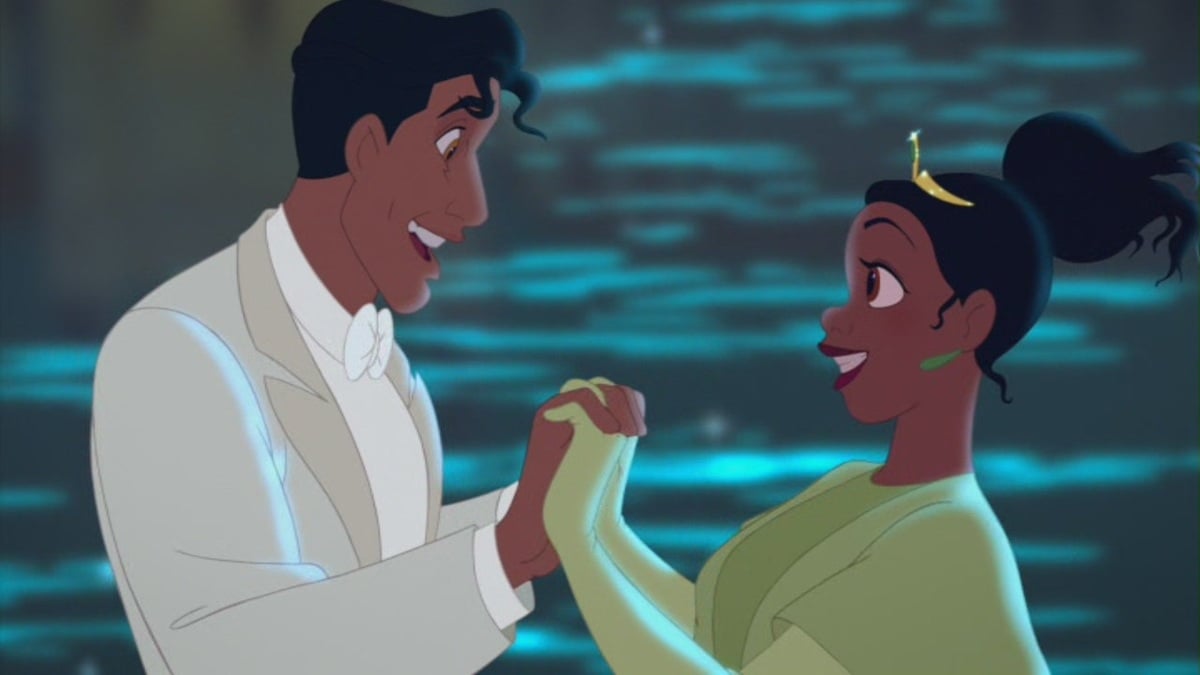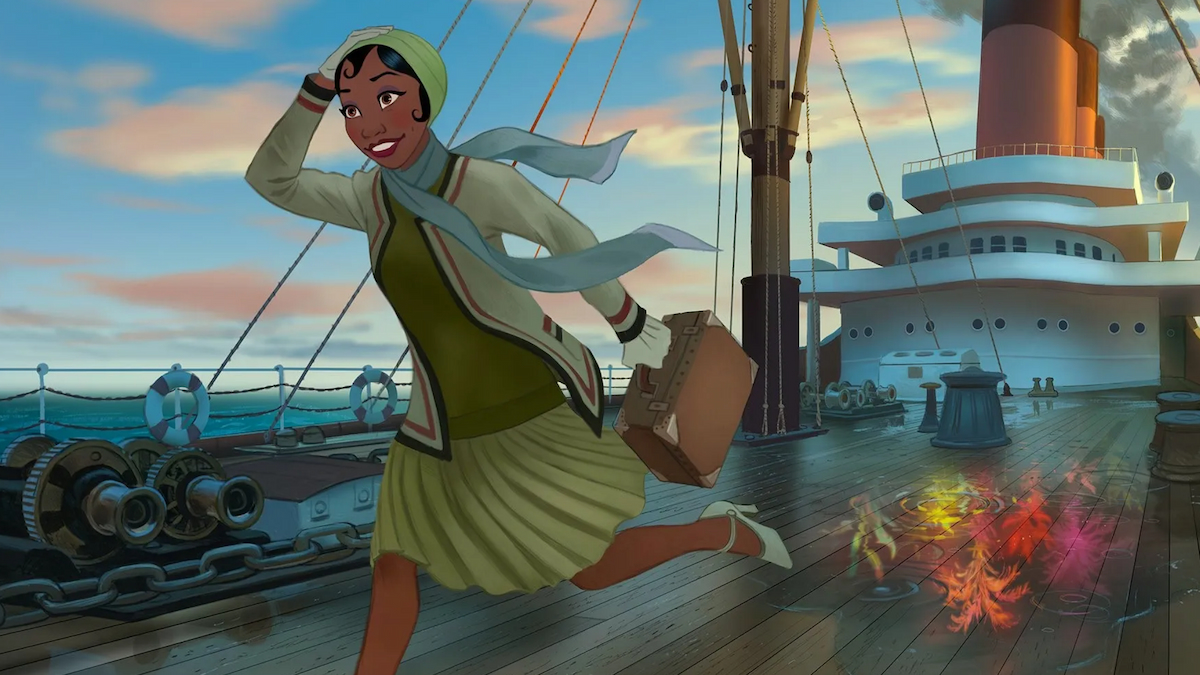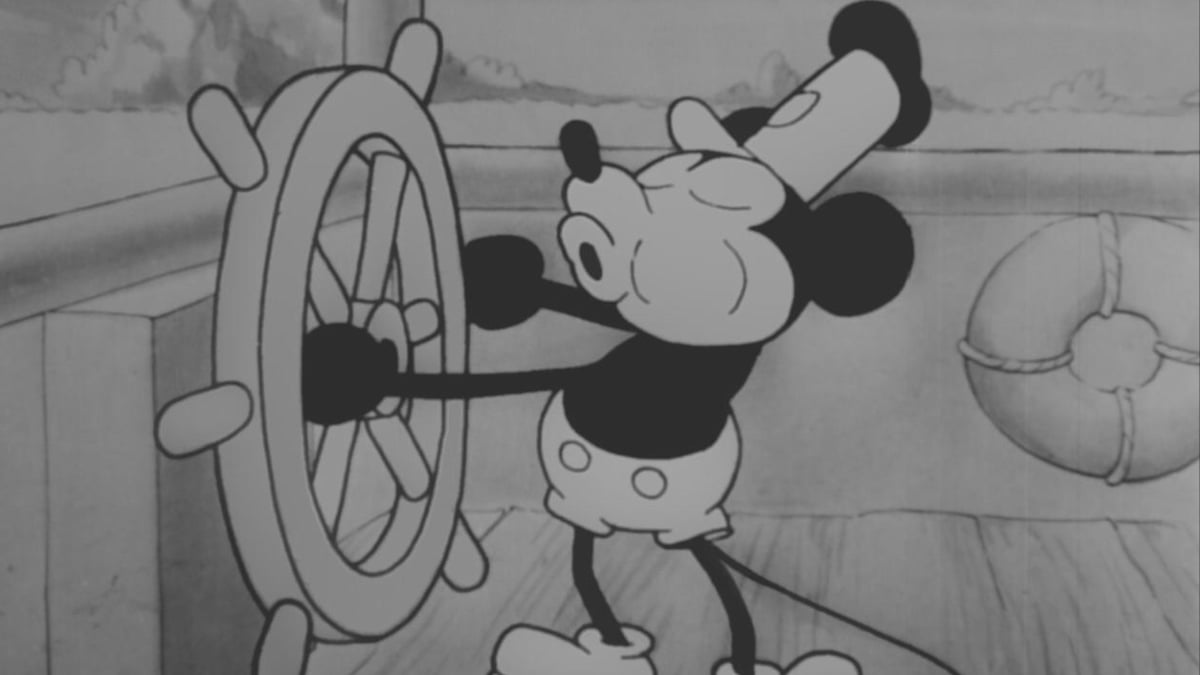The Walt Disney Company built its empire off of its pioneering use of animation, as well as the invention of multiple animation techniques still used to this day. One of Disney’s first shorts, Steamboat Willie (1928), was one of the first animated films to synchronize sound with its animation successfully. The studio also released the first feature-length animated film, Snow White and the Seven Dwarves, in 1937.
Perhaps its biggest technical achievement, however, is popularizing cel animation, described by Adobe as the technique in which characters or figures are hand-drawn on sheets, known as celluloid (or cels). Typically, thousands of cels will be used to animate every aspect of the film in each scene, which is photographed against a pre-created background.
Cel animation was the dominant form of animation for around seventy years until computer-based animation became popularized at the turn of the century. Since then, the number of Disney films that use this technique has rapidly declined. The last feature film to solely use this method was The Little Mermaid back in 1989, with the following films, such as The Lion King (1994), using a blend of techniques.
The following year, Toy Story was released and was the studio’s first feature-length film to use 3D animation. The film’s success helped usher in a new era of 3D-animated films, as the technique often allowed for more detailed visuals and fluid movements. This became the norm for Disney features, with traditional 2D animation declining in the process. The last full-length 2D animation by Disney was Winnie the Pooh, back in 2011. Disney’s take on Pooh has traditionally been 2D, and its last original film in 2D was The Princess and the Frog (2009).
Animation fans have decried the dwindling popularity of 2D animated films by studios, especially in Disney’s case, as their history is so intertwined with the art form. Critics of the change have argued against the idea that 2D animation is inherently primitive and is an equally valid technique to its supposed successor. Simply put, comparing 2D and 3D animation is like comparing painting to drawing – two techniques that demand different skills that can be used to express art in their own admirable way.
Has Disney dropped animated movies for good?

On Nov. 14th, 2023, Chris Buck, co-director of Disney’s latest animated film, Wish, stated that Disney wants to bring back 2D animated movies. When asked by The Direct about 2D animated features in the future, Buck replied, “I think, absolutely. This film was inspired, obviously, by the legacy and the 2D animation. And the look has a somewhat 2D look with the lines on the characters.”
While this is not a comment by the studio itself, Wish’s 3D and 2D animation blend is promising. For Disney’s 100th anniversary, the studio released Once Upon a Studio, a short film that brought back classic animated characters from its canon in the original form alongside newer characters. Disney has also utilized 2D animation in smaller television projects, such as its more recent Mickey Mouse series, but no 2D tentpole releases seem to be planned.

One thing that could change the fate of Disney’s use of 2D is the upcoming series Tiana, a sequel series to Princess and the Frog, set for release in 2024. The series is described as following Tiana as “she sets off a grand new adventure as the newly crowned Princess of Maldonia, but a calling to her New Orleans past isn’t far behind.” The same year, the (in)famous Splash Mountain ride at Disney parks is being remodeled as “Tiana’s Bayou Adventure,” and its theme will invoke the movie and the New Orleans aesthetic.
Official concept art from the series appears to use 2D animation. While this is still a TV series, as shown by the Splash Mountain re-design, Disney is banking on Tiana’s popularity. A successful reception by viewers and Disney fanatics, if its animation style is similar to that of the original film, could push the studio into re-introducing 2D animation regularly. The Princess and the Frog’s vintage 1920s setting and fairytale concept, along with the colorful jazz of New Orleans, go hand-in-hand with more traditional, hand-drawn animation. Viewer interest in the series could easily encourage the studio to return the form in theatrical outings as a proven risk that pays off well.

